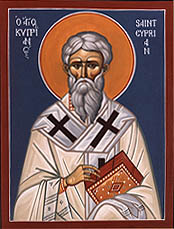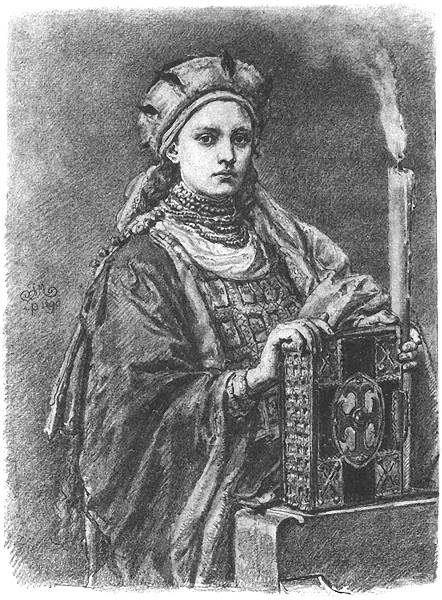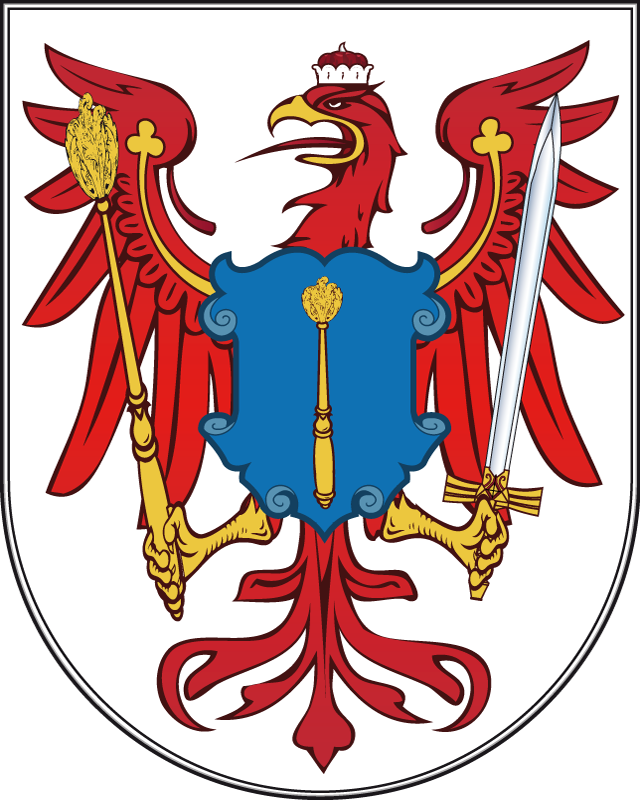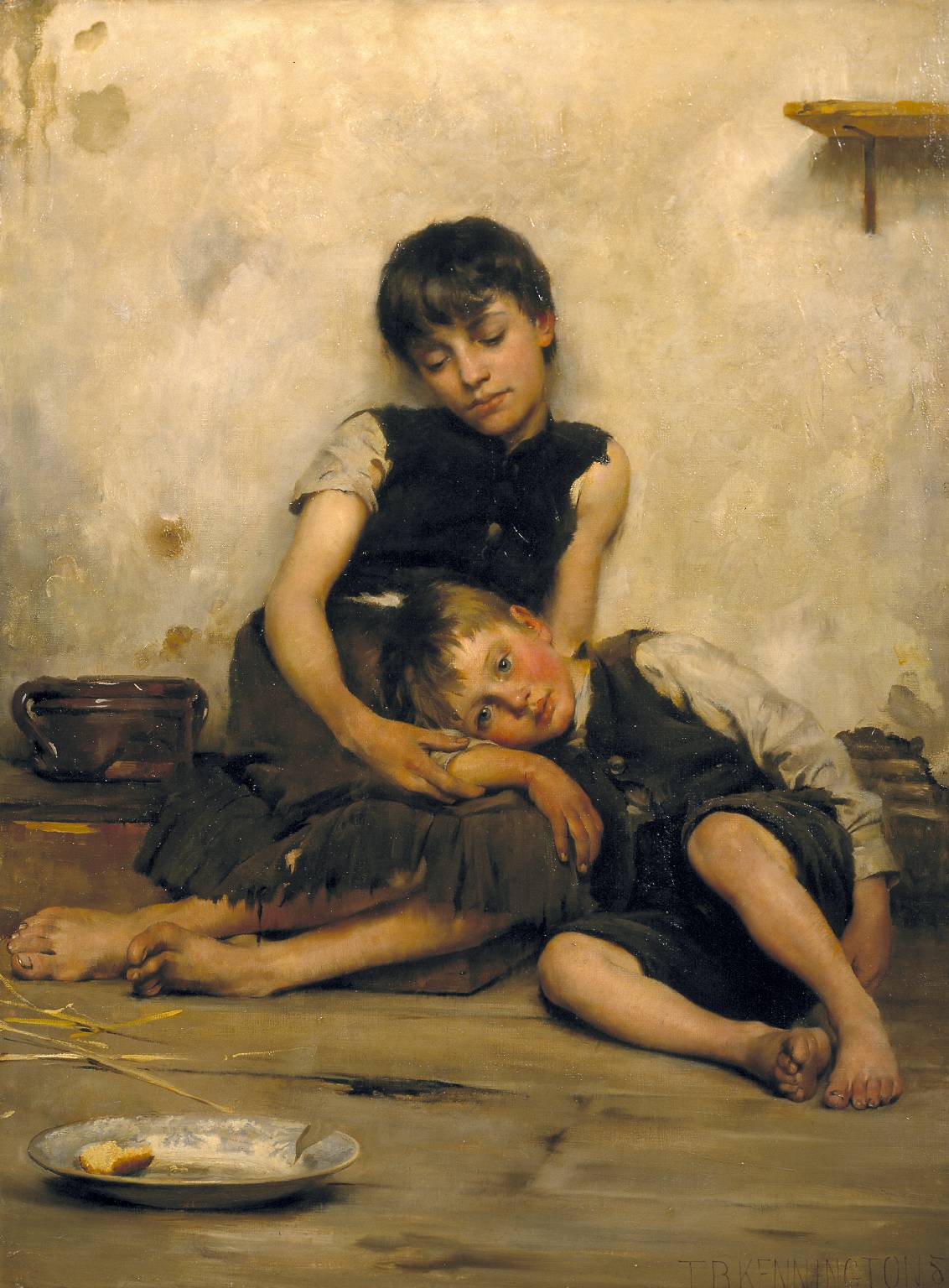|
Hedwig Of Andechs
Hedwig of Silesia ( pl, Święta Jadwiga Śląska), also Hedwig of Andechs (german: Heilige Hedwig von Andechs, la, Hedvigis; 1174 – 15 October 1243), a member of the Bavarian comital House of Andechs, was Duchess of Silesia from 1201 and of Greater Poland from 1231 as well as High Duchess consort of Poland from 1232 until 1238. She was canonized by the Catholic Church in 1267 by Pope Clement IV. Life The daughter of Count Berthold IV of Andechs, margrave of Carniola and Istria and his second wife Agnes of Wettin, she was born at Andechs Castle in the Duchy of Bavaria. Her elder sister, Agnes, married King Philip II of France (annulled in 1200) and her sister Gertrude (killed in 1213) married King Andrew II of Hungary, while the youngest Matilda, (Mechtild) became abbess at the Benedictine Abbey of Kitzingen in Franconia, where Hedwig also received her education. Hedwig's brother was Bishop , Count of Andechs-Meranien. Another brother was Berthold, Archbishop of Kaloc ... [...More Info...] [...Related Items...] OR: [Wikipedia] [Google] [Baidu] |
Roman Catholic Church
The Catholic Church, also known as the Roman Catholic Church, is the largest Christian church, with 1.3 billion baptized Catholics worldwide . It is among the world's oldest and largest international institutions, and has played a prominent role in the history and development of Western civilization. O'Collins, p. v (preface). The church consists of 24 ''sui iuris'' churches, including the Latin Church and 23 Eastern Catholic Churches, which comprise almost 3,500 dioceses and eparchies located around the world. The pope, who is the bishop of Rome, is the chief pastor of the church. The bishopric of Rome, known as the Holy See, is the central governing authority of the church. The administrative body of the Holy See, the Roman Curia, has its principal offices in Vatican City, a small enclave of the Italian city of Rome, of which the pope is head of state. The core beliefs of Catholicism are found in the Nicene Creed. The Catholic Church teaches that it is t ... [...More Info...] [...Related Items...] OR: [Wikipedia] [Google] [Baidu] |
Poland
Poland, officially the Republic of Poland, , is a country in Central Europe. Poland is divided into Voivodeships of Poland, sixteen voivodeships and is the fifth most populous member state of the European Union (EU), with over 38 million people, and the List of European countries by area, seventh largest EU country, covering a combined area of . It extends from the Baltic Sea in the north to the Sudetes and Carpathian Mountains in the south, bordering seven countries. The territory is characterised by a varied landscape, diverse ecosystems, and Temperate climate, temperate transitional climate. The capital and List of cities and towns in Poland, largest city is Warsaw; other major cities include Kraków, Wrocław, Łódź, Poznań, and Gdańsk. Prehistory and protohistory of Poland, Humans have been present on Polish soil since the Lower Paleolithic, with continuous settlement since the end of the Last Glacial Period over 12,000 years ago. Culturally diverse throughout ... [...More Info...] [...Related Items...] OR: [Wikipedia] [Google] [Baidu] |
Berthold, Duke Of Merania
Berthold IV (c. 1159 – 12 August 1204), a member of the House of Andechs, was Margrave of Istria and Carniola (as Berthold II). By about 1180/82 he assumed the title of Duke of Merania, referring to the Adriatic seacoast of Kvarner which his ancestors had conquered in the 1060s and annexed to Istria and Carniola.Milko Kos, Zgodovina Slovencev: od naselitve do reformacije (Ljubljana, 1933), p. 142 Life Berthold was the son of Count Berthold III of Andechs and his wife Hedwig of Wittelsbach. His father had been a loyal vassal of Emperor Frederick Barbarossa and in turn was enfeoffed with the Istrian march upon the death of the Sponheim margrave Engelbert III. Young Berthold IV first appeared in 1170 and was mentioned as Count of Andechs in an 1172 deed. In 1175 he served as co-ruler in the March of Istria. After Emperor Frederick deposed Duke Henry the Lion in 1180, his mother's relative Otto of Wittelsbach received the Duchy of Bavaria, while Berthold received the Duchy ... [...More Info...] [...Related Items...] OR: [Wikipedia] [Google] [Baidu] |
Catholic Church
The Catholic Church, also known as the Roman Catholic Church, is the largest Christian church, with 1.3 billion baptized Catholics worldwide . It is among the world's oldest and largest international institutions, and has played a prominent role in the history and development of Western civilization. O'Collins, p. v (preface). The church consists of 24 ''sui iuris'' churches, including the Latin Church and 23 Eastern Catholic Churches, which comprise almost 3,500 dioceses and eparchies located around the world. The pope, who is the bishop of Rome, is the chief pastor of the church. The bishopric of Rome, known as the Holy See, is the central governing authority of the church. The administrative body of the Holy See, the Roman Curia, has its principal offices in Vatican City, a small enclave of the Italian city of Rome, of which the pope is head of state. The core beliefs of Catholicism are found in the Nicene Creed. The Catholic Church teaches that it ... [...More Info...] [...Related Items...] OR: [Wikipedia] [Google] [Baidu] |
Canonization
Canonization is the declaration of a deceased person as an officially recognized saint, specifically, the official act of a Christian communion declaring a person worthy of public veneration and entering their name in the canon catalogue of saints, or authorized list of that communion's recognized saints. Catholic Church Canonization is a papal declaration that the Catholic faithful may venerate a particular deceased member of the church. Popes began making such decrees in the tenth century. Up to that point, the local bishops governed the veneration of holy men and women within their own dioceses; and there may have been, for any particular saint, no formal decree at all. In subsequent centuries, the procedures became increasingly regularized and the Popes began restricting to themselves the right to declare someone a Catholic saint. In contemporary usage, the term is understood to refer to the act by which any Christian church declares that a person who has died is a sain ... [...More Info...] [...Related Items...] OR: [Wikipedia] [Google] [Baidu] |
List Of Polish Consorts
The wives of the rulers of the Kingdom of Poland were duchesses or queens consort of Poland. Two women ruled Poland as queens regnant, but their husbands were kings '' jure uxoris''. Wives of early Polish monarchs Duchesses of the Polans Queens and High Duchesses of Poland Piast Dynasty (1) Přemyslid Dynasty Piast Dynasty (2) Angevin Dynasty Jagiellon Dynasty Royal consort of the Polish–Lithuanian Commonwealth * Elżbieta Szydłowska (1748–1810) was the lover of King Stanisław August. Some believe that she married the King of Poland in 1783, but their marriage was morganatic, so she wasn't Queen of Poland. However, there is no known reason for the marriage to have been morganatic, as Poniatowski's Pacta conventa required him to marry a Polish noblewoman, a requirement she satisfied, and there is no evidence that the marriage ever occurred. According to Wirydianna Fiszerowa, a contemporary who knew them both, the rumour only arose ... [...More Info...] [...Related Items...] OR: [Wikipedia] [Google] [Baidu] |
Duchy Of Greater Poland
The Duchy of Greater Poland was a district principality in Greater Poland that was a fiefdom of the Kingdom of Poland. It was formed in 1138 from the territories of the Kingdom of Poland, following its fragmentation started by the testament of Bolesław III Wrymouth. In 1177, the state broke had separated into the duchies of Poznań, Gniezno and Kalisz, and united again in 1279, lasting in that form until 1320, when it was incorporated back into the Kingdom of Poland. Its capital was Poznań. History Upon the death of Polish Piast duke Bolesław III Wrymouth in 1138, his country was divided by his will into 4-5 hereditary provinces distributed among his sons. The late duke had also established the Seniorate Province of Kraków for the eldest Władysław II, designated high duke of whole Poland. Mieszko the Old As one of these provinces, Greater Poland was given to Mieszko III the Old, the third son of late Duke Bolesław. Duke Mieszko III the Old at first ruled over the west ... [...More Info...] [...Related Items...] OR: [Wikipedia] [Google] [Baidu] |
Counts Of Andechs
The House of Andechs was a feudal line of German princes in the 12th and 13th centuries. The counts of Dießen-Andechs (1100 to 1180) obtained territories in northern Dalmatia on the Adriatic seacoast, where they became Margraves of Istria and ultimately dukes of a short-lived imperial state named Merania from 1180 to 1248. They were also self-styled lords of Carniola. History The noble family originally resided in southwestern Bavaria at the castle of Ambras near Innsbruck, controlling the road to the March of Verona across the Brenner Pass, at Dießen am Ammersee and Wolfratshausen. One Count Rasso (''Rath'') is documented in Dießen, who allegedly fought against the invading Magyars in the early 10th century and established the monastery of Grafrath. By their ancestor Count Palatine Berthold of Reisensburg, a grandson of the Bavarian duke Arnulf the Bad, the Andechser may be affiliated with the Luitpolding dynasty. Berthold appears a fierce enemy of King Otto I of Ge ... [...More Info...] [...Related Items...] OR: [Wikipedia] [Google] [Baidu] |
Bavarians
Bavarians ( Bavarian: ''Boarn'', Standard German: ''Baiern'') are an ethnographic group of Germans of the Bavaria region, a state within Germany. The group's dialect or speech is known as the Bavarian language, native to Altbayern ("Old Bavaria"), roughly the territory of the Electorate of Bavaria in the 17th century. Like the neighboring Austrians, Bavarians are traditionally Catholic. In much of ''Altbayern'', membership in the Catholic Church remains above 70%, and the center-right Christian Social Union in Bavaria (successor of the Bavarian People's Party of Weimar Republic, 1919–1933) has traditionally been the strongest party in the Landtag of Bavaria, Landtag, and also the party of all List of Ministers-President of Bavaria, Ministers-President of Bavaria since 1946, with the single exception of Wilhelm Hoegner, 1954–1957. Areal and dialectal subdivision There is no ethno-linguistic distinction between Bavarians and Austrians. The territory of Bavaria has chan ... [...More Info...] [...Related Items...] OR: [Wikipedia] [Google] [Baidu] |
Berlin
Berlin is Capital of Germany, the capital and largest city of Germany, both by area and List of cities in Germany by population, by population. Its more than 3.85 million inhabitants make it the European Union's List of cities in the European Union by population within city limits, most populous city, as measured by population within city limits having gained this status after the United Kingdom's, and thus London's, Brexit, departure from the European Union. Simultaneously, the city is one of the states of Germany, and is the List of German states by area, third smallest state in the country in terms of area. Berlin is surrounded by the state of Brandenburg, and Brandenburg's capital Potsdam is nearby. The urban area of Berlin has a population of over 4.5 million and is therefore the most populous urban area in Germany. The Berlin/Brandenburg Metropolitan Region, Berlin-Brandenburg capital region has around 6.2 million inhabitants and is Germany's second-largest metropolitan reg ... [...More Info...] [...Related Items...] OR: [Wikipedia] [Google] [Baidu] |
Orphan
An orphan (from the el, ορφανός, orphanós) is a child whose parents have died. In common usage, only a child who has lost both parents due to death is called an orphan. When referring to animals, only the mother's condition is usually relevant (i.e. if the female parent has gone, the offspring is an orphan, regardless of the father's condition). Definitions Various groups use different definitions to identify orphans. One legal definition used in the United States is a minor bereft through "death or disappearance of, abandonment or desertion by, or separation or loss from, both parents". In the common use, an orphan does not have any surviving parent to care for them. However, the United Nations Children's Fund (UNICEF), Joint United Nations Programme on HIV and AIDS (UNAIDS), and other groups label any child who has lost one parent as an orphan. In this approach, a ''maternal orphan'' is a child whose mother has died, a ''paternal orphan'' is a child whose fa ... [...More Info...] [...Related Items...] OR: [Wikipedia] [Google] [Baidu] |
Trzebnica
Trzebnica (Polish pronunciation: ; german: Trebnitz, cs, Třebnice, szl, Trzebńica) is a town in Lower Silesian Voivodeship in west-central Poland. It is the seat of Trzebnica County, and of the smaller administrative district (gmina) called Gmina Trzebnica. The town lies within the eastern Trzebnickie Hills in the historic Lower Silesia region, approximately north of the regional capital Wrocław. It is part of the Wrocław metropolitan area. As of 2019, it has a population of 13,331. Trzebnica's Sanctuary of St. Jadwiga is one of the historical burial sites of Polish monarchs and consorts. In 2017, the town was the co-host of the World Games (orienteering, middle distance). History Middle Ages In the 12th century, the area was among the possessions of the Premonstratensian St. Vincent monastery at Wrocław. Trzebnica itself was first mentioned in an 1138 deed, then held by the Polish voivode Piotr Włostowic and later seized by the Silesian duke Władysław II the Ex ... [...More Info...] [...Related Items...] OR: [Wikipedia] [Google] [Baidu] |

.jpg)







